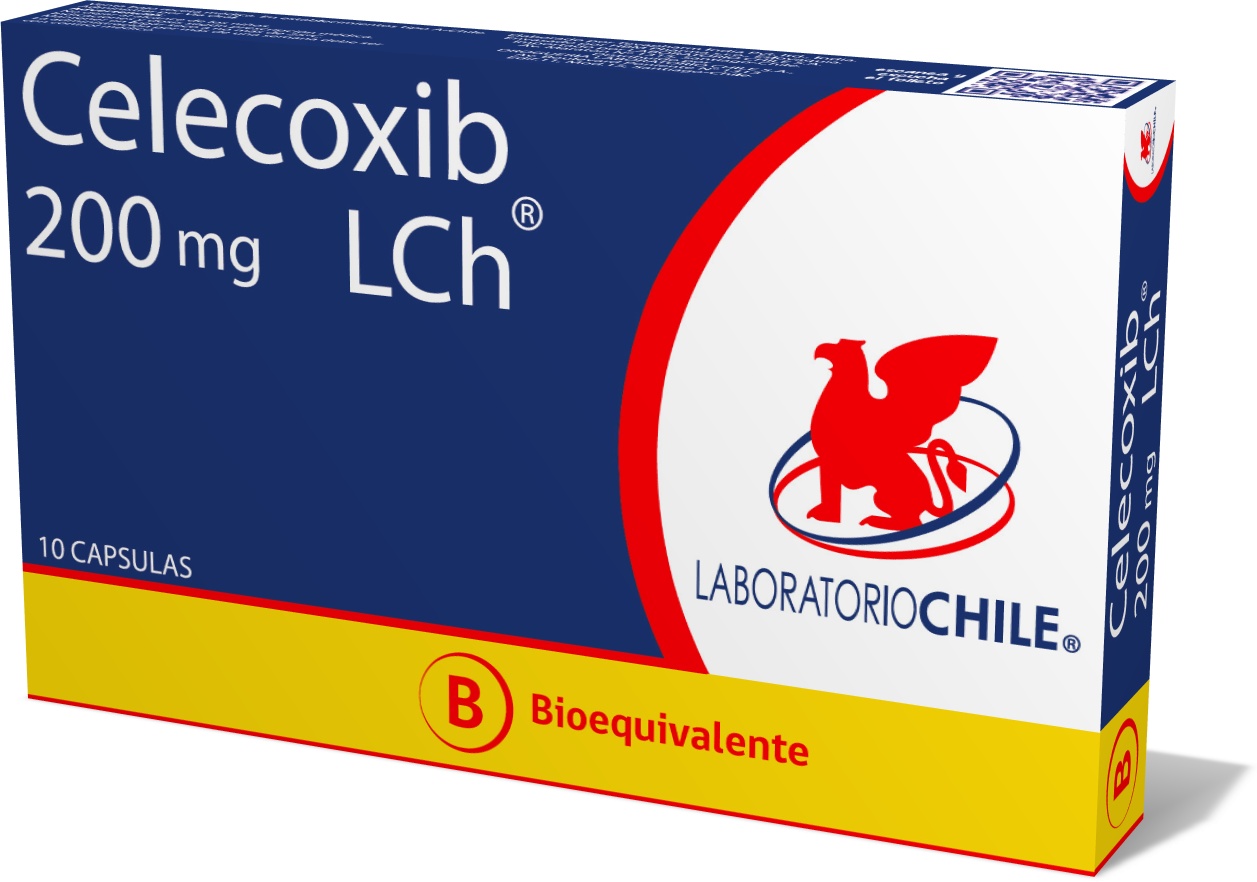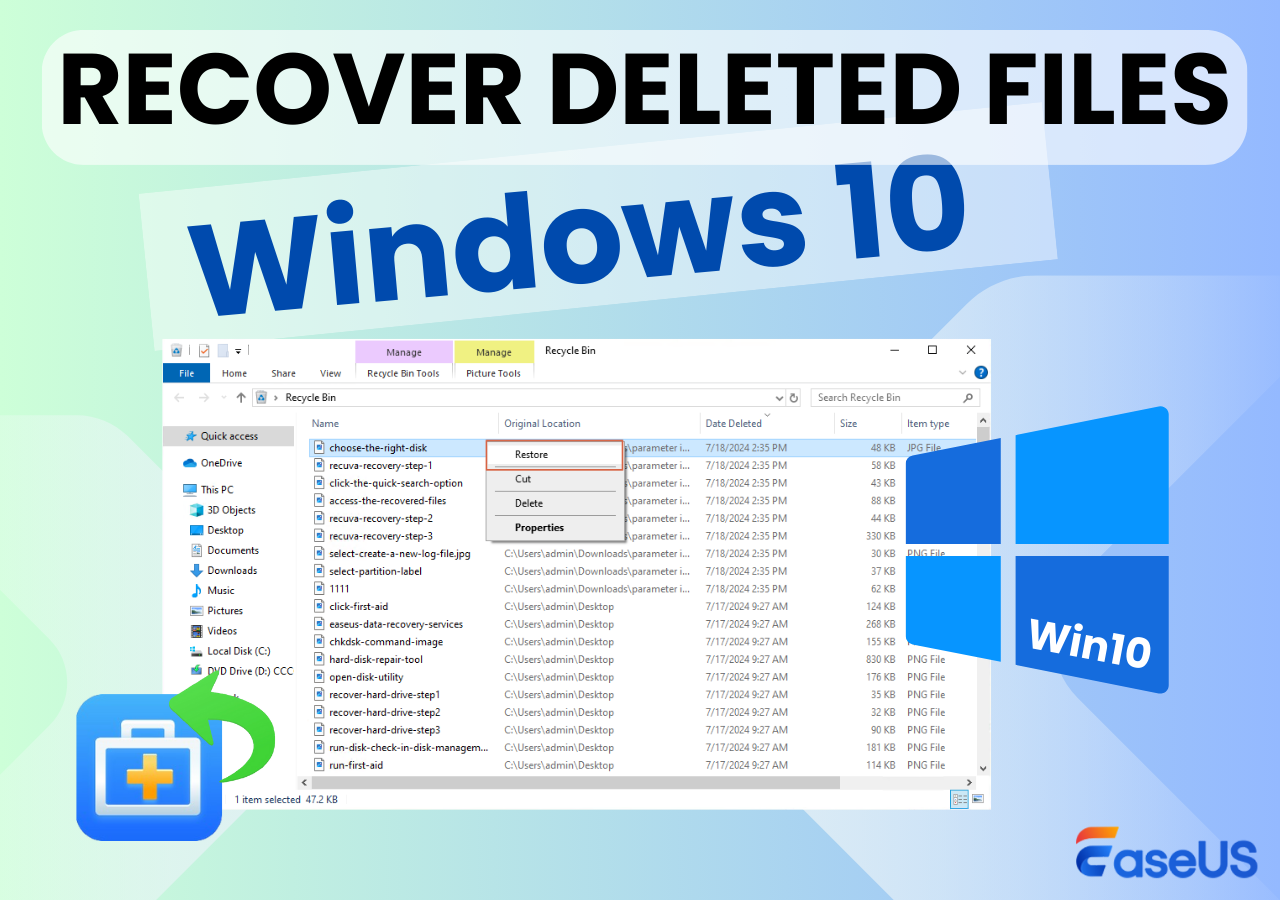The fear of medical bills can be overwhelming, especially when unexpected health issues arise and you’re without insurance. Urgent care centers have emerged as a beacon of hope for those in need of immediate medical attention without the exorbitant costs associated with emergency room visits. However, for individuals without insurance, the concern about affordability still looms large. The good news is that there are several affordable options available for those seeking urgent care without insurance.
Firstly, it’s essential to understand the difference between urgent care and emergency care. Urgent care centers are designed to treat non-life-threatening conditions such as colds, flu, minor injuries, and skin infections, among others. They offer a more economical alternative to emergency rooms, which are equipped to handle life-threatening emergencies. By choosing urgent care, individuals can save significantly on medical costs while still receiving quality care.
One of the most significant advantages of urgent care centers for the uninsured is their transparent and often lower pricing. Many urgent care facilities provide clear pricing lists on their websites or upon request, allowing patients to understand their costs upfront. This transparency, coupled with the generally lower costs of urgent care compared to emergency departments, makes it a more accessible option for those without insurance.
For individuals without insurance, several strategies can make urgent care more affordable:
Self-Pay Options: Many urgent care centers offer self-pay options or cash prices that are significantly lower than the rates they charge to insurance companies. These rates can vary, so it’s beneficial to call ahead and inquire about their self-pay pricing.
Sliding Fee Scale: Some community clinics and urgent care centers offer a sliding fee scale based on income. This means that the cost of care is adjusted according to the patient’s ability to pay, making healthcare more accessible to low-income individuals.
Community Clinics: Community health clinics are another resource for affordable healthcare. These clinics often provide care on a sliding scale and may offer additional services such as dental and mental health care. While they may not always offer the immediate walk-in service of urgent care centers, they can be a vital resource for ongoing care.
Negotiation: In some cases, it’s possible to negotiate the price of care, especially if you’re paying out-of-pocket. Urgent care centers may be willing to work with you, especially if you’re upfront about your financial situation.
Preventive Care: Investing in preventive care can also be a cost-effective strategy in the long run. Many urgent care centers offer preventive services like vaccinations and health screenings at affordable prices. By staying on top of your health, you can avoid more severe (and costly) health issues down the line.
Online Urgent Care: With the advancement of telemedicine, online urgent care has become a viable option. Many platforms offer virtual consultations with healthcare professionals at a fraction of the cost of in-person visits. This can be especially useful for those with minor conditions who cannot afford to take time off work for a doctor’s visit.
Financial Assistance Programs: Some urgent care centers participate in financial assistance programs or have their own charity care policies. These programs can significantly reduce the cost of care for eligible patients.
In conclusion, while lacking insurance can present challenges in accessing affordable healthcare, urgent care centers and community clinics offer viable options. By understanding your options, being proactive about pricing, and sometimes negotiating, you can receive the medical attention you need without breaking the bank. Remember, your health is invaluable, and seeking care when you need it is crucial, even if it seems daunting without insurance.
What is the average cost of urgent care without insurance?
+The average cost can vary widely depending on the location and the specific services needed. However, for basic services like a doctor's visit for a cold or flu, costs can range from $100 to $200. More complex conditions or services like lab tests or X-rays can increase this cost.
Can I negotiate the price of urgent care services if I don't have insurance?
+Yes, it's possible to negotiate. Being upfront about your financial situation and asking if there are any discounts available can sometimes lead to a reduction in price. Additionally, paying cash upfront might also result in a discount.
What are some free or low-cost urgent care options for those without insurance?
+Community health clinics, free clinics, and some urgent care centers that offer sliding scale fees based on income can provide affordable or free care. Additionally, online urgent care services can offer consultations at lower costs than traditional in-person visits.
In navigating the complex landscape of healthcare without insurance, it’s crucial to be informed about your options and not hesitate to seek care when needed. By leveraging urgent care centers, community clinics, and the strategies outlined above, you can ensure you receive the medical attention you require without sacrificing your financial stability.


